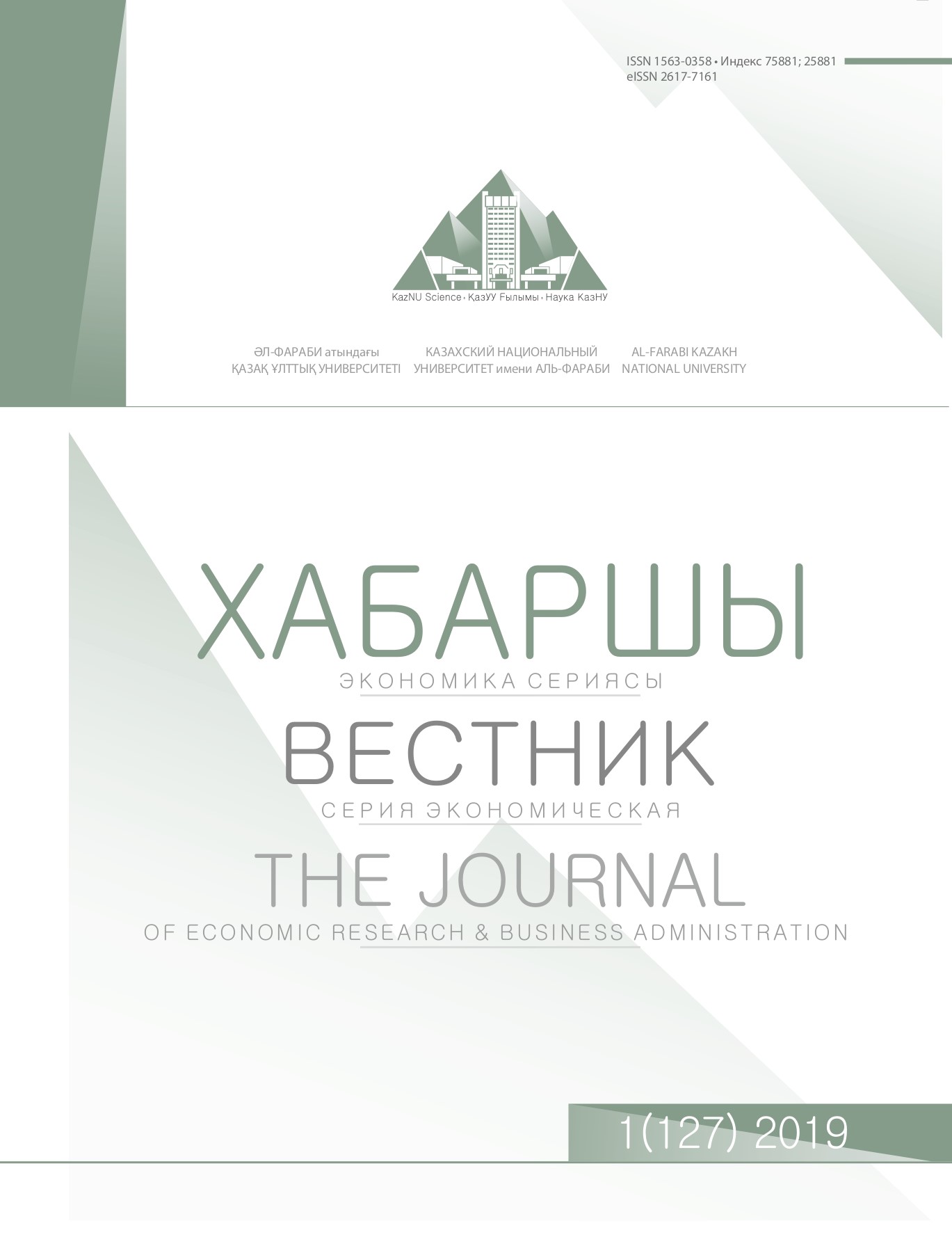Improving the efficiency of management of innovative activity of the enterprises of textile industry of Kazakhstan
DOI:
https://doi.org/10.26577/be.2019.v127.i1.10Abstract
The article analyzes the indicators of economic activity of enterprises of the textile industry of the Republic of Kazakhstan in the transition to an innovative path of economic development. The aim of the study is to increase the efficiency of innovative activity of the textile industry enterprises of the Republic of Kazakhstan. The importance of the work lies in the fact that, despite the active support of the state, domestic textile enterprises have low competitiveness, since they cannot demonstrate innovative development. There is a very low level of meeting the needs of the domestic market with products of domestic
textile enterprises, and the need for textile products is provided by imports. At the same time, the share
of textile industry enterprises in the total volume of industrial production is also small. In the study used
methods of analysis, synthesis, comparison, synthesis of scientific research results. The study took into
account such factors as a high level of risk in the production of innovative products, the experience of
European countries in the management of innovative activity of textile enterprises, which pay special
attention to the implementation of the results of scientific and personal research in production. The main
result of the study is a thorough analysis of the innovation activity of textile enterprises, indicating the
strengths and weaknesses of this industry. Also presented are ways to improve the efficiency of innovative
activities of textile enterprises. The work is of practical importance, the country produces all types
of raw materials needed for the textile industry, and they should be exported as more finished products
rather than exported as raw materials. This demonstrates the need to increase the innovative activity of
domestic textile enterprises producing innovative products that meet the requirements of consumers.




